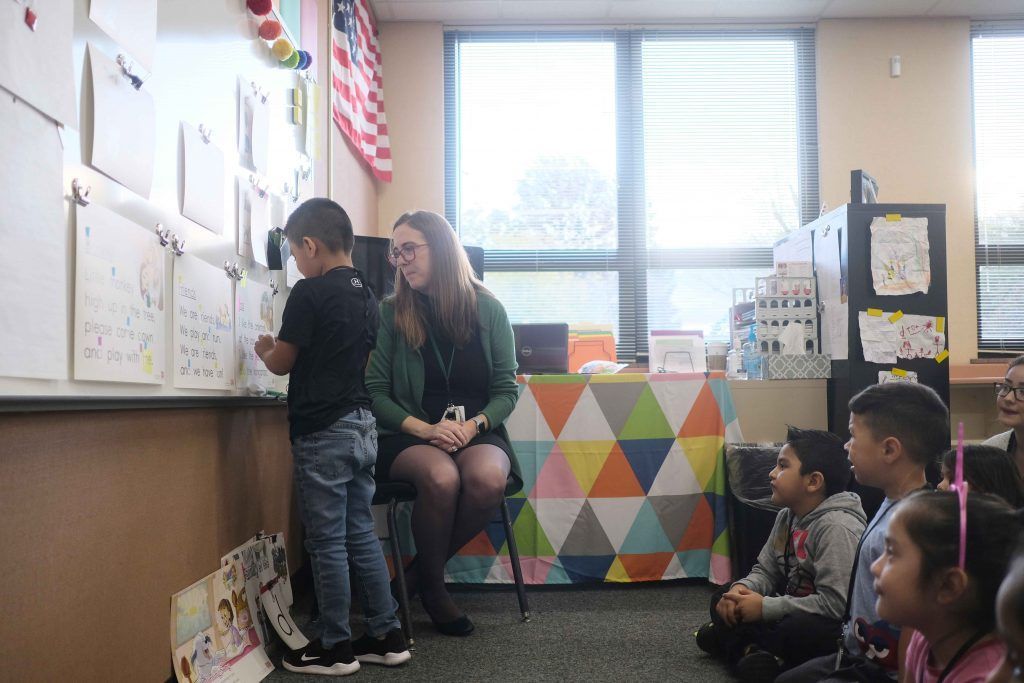Dear GrapeSEED,
Greetings from Berrien Springs, Michigan!
How do I put into words the impact this full scale ESL program has had on my life, not to mention the lives of my students?
It encompasses everything I had been doing in my own classroom for 20 years except that I had to create my own entire program before! I pulled from here and there, copied, colored, cut, pasted, laminated, cut again, bound or stapled materials that I put together to form my own ESL program because there was no ESL program out there! I prayed that I would not leave something out that my students needed in order to learn English, not to mention that I hoped it was “fun enough” to hold their interest in order to learn and maintain!
Now, I no longer have to worry that I’m missing something. I don’t spend countless hours outside of class creating! I don’t have to look up books that tie in with what I’m teaching! I am not creating 3 to 4 different levels of materials anymore! EVERYTHING is there for me!

I can now use my creativity to come up with questions, and point out “teachable moments” rather than exhaust myself in the preparation. The manual even helps with the questions and concepts, so there is not as much planning needed.
GrapeSEED is such a fun, fast paced, repetitive, interesting, entertaining yet educational program and even better, the students don’t look at it as work! They have all said that it is “so much fun!” The shocked look on their faces when they realize that they are really “getting” the material is priceless! The confidence they are achieving from this program is crossing over into their mainstream classrooms as well!
My colleagues tell me that their ESL students are now participating more, volunteering to read in front of the class, articulating better, and even writing better than ever before! I have students that are reading at grade level in less than six months! Word of GrapeSEED has spread so fast that the parents of my students are recommending Berrien Springs Public Schools ESL program to all of their friends!
The only problem with GrapeSEED is that it wasn’t available to me 20 years ago!
Educationally yours,
Michele Tucker
Bilingual-ESL Teacher
Berrien Springs, Michigan





